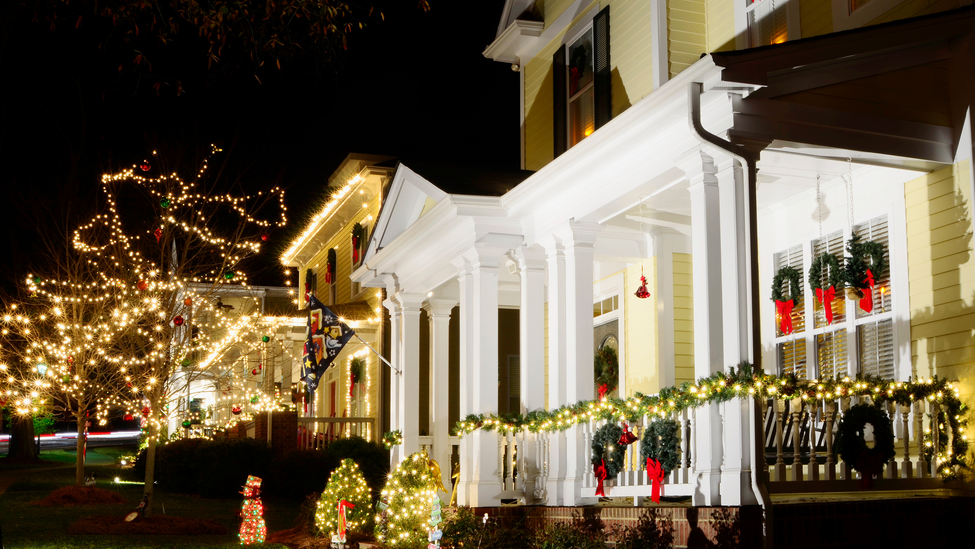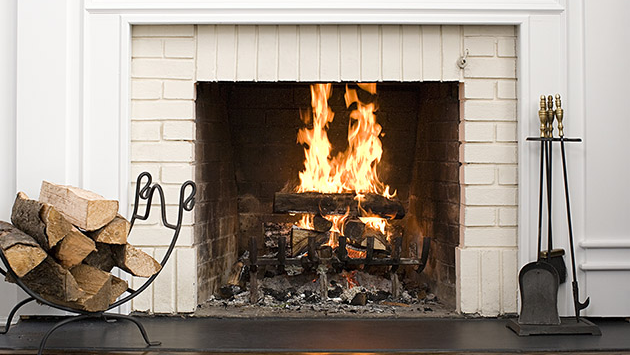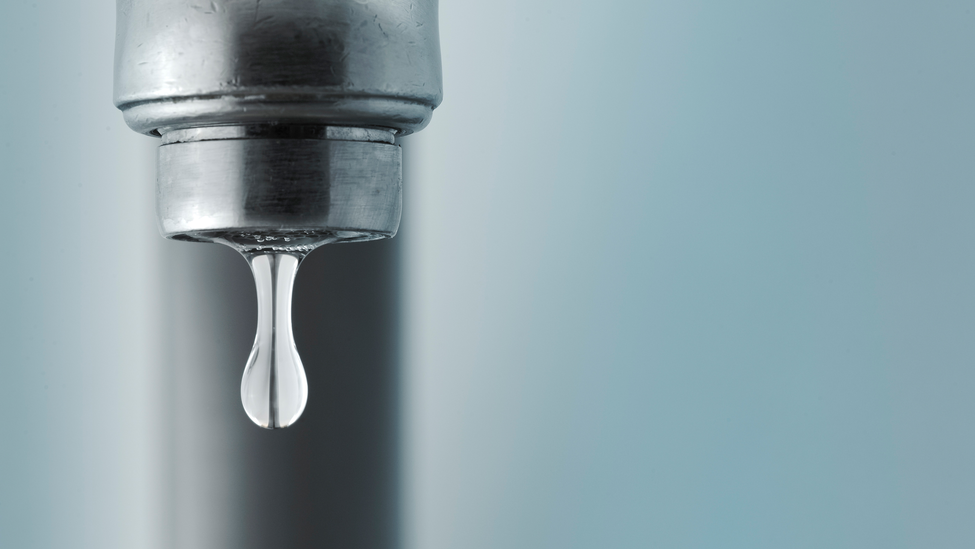Winter Home Maintenance Tips


Regular home maintenance throughout the winter season is crucial to protect your home from harsh weather conditions. Cold temperatures, heavy snow, high winds and ice storms can cause issues like frozen pipes, ice dams and roof leaks, putting your home at risk of costly damage. Proactive upkeep is essential to preventing unexpected repairs and keeping you and your home safe and comfortable throughout the winter months.
Here are some home maintenance tips from our Risk Control professionals to help you stay prepared during the winter season:
Preventing frozen pipes
Frozen pipes can cause catastrophic damage to your home. Regularly running water through all your plumbing fixtures can help prevent your pipes from freezing during the winter months. Knowing the location of your main water shutoff valve and how to use it is essential. If your home has any exposed pipes in vulnerable areas (basements, garages), insulation sleeves can be an extra precaution to prevent freezing.1
Ensuring heating system efficiency
Have your heating system cleaned and inspected annually by a qualified technician before winter arrives. Changing the air filters in your heating system helps maintain optimal efficiency and air quality while keeping costs down – experts recommend changing the air filter every month during the winter due to increased usage.2
Maintaining your roof
Watch out for warning signs of roof trouble due to heavy snow and ice. New water stains on ceilings or walls, difficulty opening doors, new cracks in drywall or plaster, sagging roof ridgelines, large icicles forming on the edge of the roof and persistent issues with ice buildup on the roof are all signs there may be damage to your roof or insulation issues in your home. Proper attic insulation and ventilation, excess snow removal from the roof with a roof rake and installation of heating cables on your roof are steps you can take to prevent damage.3
Improving fire safety
With heating systems running constantly, winter brings increased fire and carbon monoxide risks. It’s important to install carbon monoxide detectors on every floor and regularly test the smoke and carbon monoxide alarms in your home. If there is heavy snowfall, check all heating vents and make sure they are clear of snow and debris.2 If using a fireplace, keep a good supply of dry, seasoned wood stored in a covered area. Never use an oven or range as a home heating device.
Stocking up on additional fuel
Make sure you have sufficient fuel for heating your home and extra fuel for snowblowers and generators. Fuel should be stored in approved safety containers and away from heat or flame-producing devices. Do not store fuel in your basement.
Tackling snow and ice removal
Whether you arrange for someone to remove your snow or you’re doing it yourself, make sure your snowblower is in good working condition and your snow shovels are easily accessible. Have an ice melting compound available to melt ice on driveways and walkways to prevent slips and falls.
Preparing your emergency kit
In the event of severe weather and power outages, it’s important to have essential items easily accessible in your home. Including a battery-powered flashlight, a radio, tools for emergency repairs, ready-to-eat food, water, medications, a first-aid kit, blankets and warm clothing can help keep you and your family safe, informed and equipped with what you may need in your home.4
Learn more about Travelers home insurance, or if you’re ready to take the next step, contact your broker.
Sources
1 https://www.ibc.ca/stay-protected/seasonal-safety/winter
2 https://www.cahpi.ca/en/past-blogs/5-steps-for-buying-your-first-home-1
3 https://www.calgary.ca/environment/resources/climate-ready-measures--home-maintenance.html
4 https://www.canada.ca/en/environment-climate-change/services/seasonal-weather-hazards/be-prepared-for-winter.html


